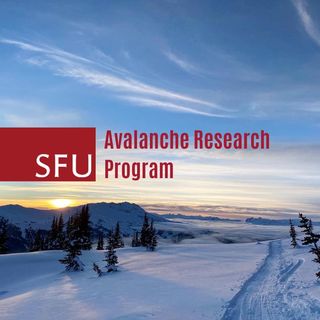Avalanche hazard is a highly dynamic in space and time, and the associated risk is managed in real-time by continuously monitoring weather and snowpack conditions to assess the hazard and determine its effect on the element(s)-at-risk. Mitigation measures are then chosen based on objectives, such as warning the public, skiing a slope or keeping a road open.
Reflecting the main components of avalanche risk management, the SARP research projects can roughly be classified in seven different research areas. Common to all research themes is their interdisciplinarity the influence of human factors, which affect all parts of the avalanche risk management process.
